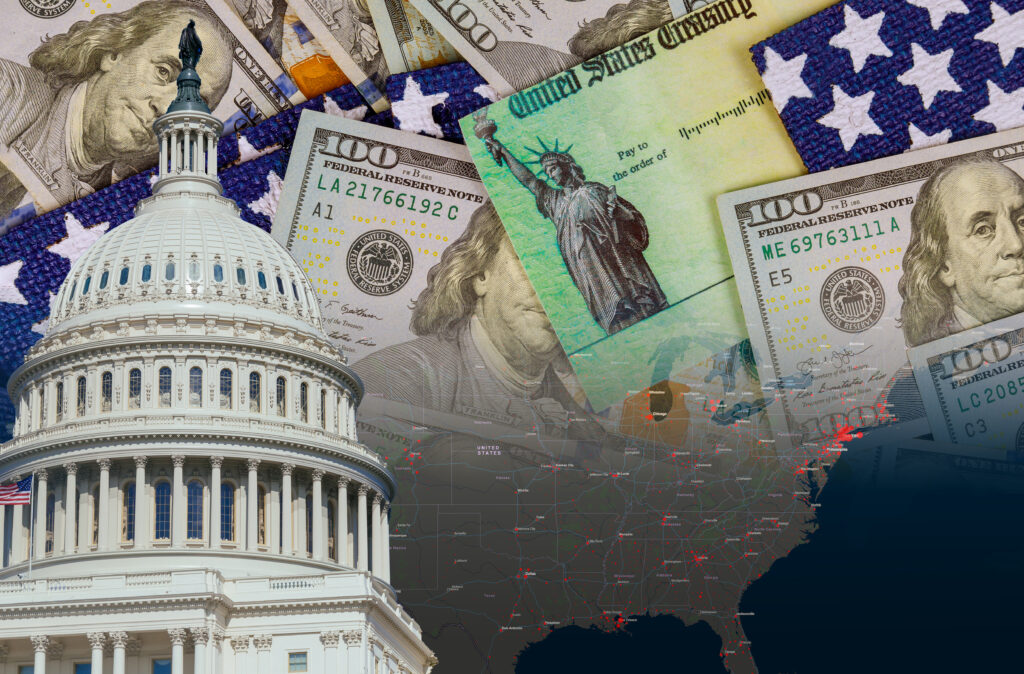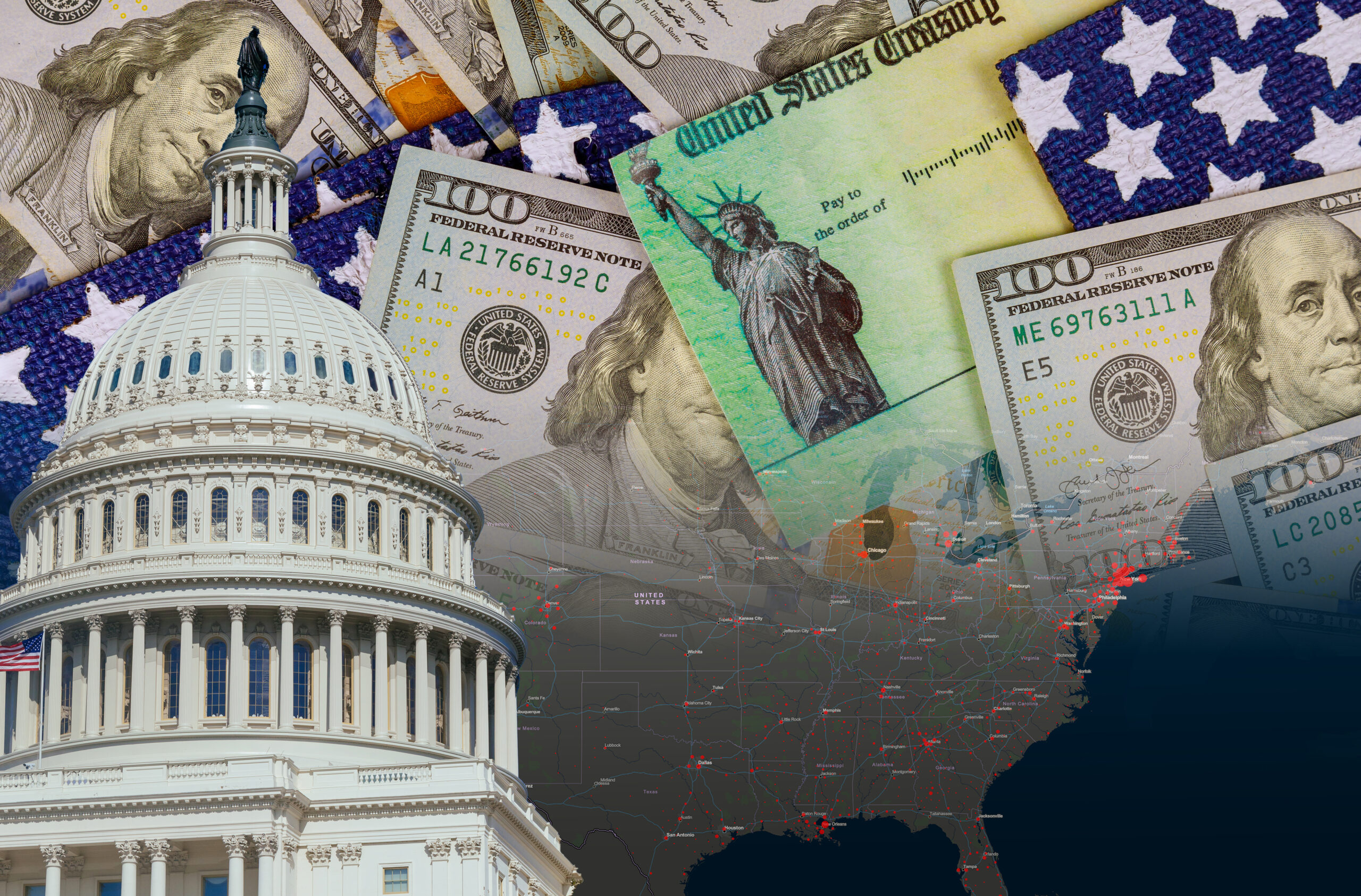As people continue to struggle to pay rent and mortgages, utilities and other household costs; maintain their businesses and endure periods without a job, some are beginning to receive economic relief from the second stimulus package passed by Congress at the end of 2020.
The $908 billion pandemic relief bill, called the Coronavirus Response and Relief Supplemental Appropriations Act of 2021, was signed into law as an eviction moratorium, federal jobless assistance and other aid programs in the CARES (Coronavirus Aid, Relief, and Economic Security) Act were set to expire in December.
Like the CARES Act, the new stimulus package includes enhanced unemployment benefits and direct cash payments, as well as support for small businesses.
For the second round of payments, the 2021 measure provides up to $600 per adult, $1,200 for a married couple filing a joint return, and up to $600 for each child under 17. In general, individuals making up to $75,000 (or $150,000 for joint filers or surviving spouses) will receive the full amount. The payment is reduced for those whose income exceeds these amounts, and phases out for those earning more than $99,000.
Those who filed their 2019 tax returns and those receiving Social Security will receive their money automatically. To check the status of your payment, visit IRS.gov/GetMyPayment.
Unemployment
The stimulus agreement includes a new round of extra payments on top of the unemployed residents’ state benefits. All unemployed workers will get $300 per week in additional federal benefits through March 13.
The Continued Assistance For Unemployed Workers program extends the CARES Act uninsurance programs up to 11 additional weeks through three federal programs. Claimants who were eligible to receive unemployment under the Federal Pandemic Unemployment Compensation (FPUC) will automatically receive the $300 on top of their regular benefit amount beginning the week ending Jan. 2 through the week ending March 13, as long as they remain eligible for benefits and file their weekly claim certification.
Small Businesses
Nationally, the Paycheck Protection Program (PPP) prioritizes millions of Americans employed by small businesses by authorizing up to $659 billion toward job retention and certain other expenses.
Small businesses, as well as individuals who are self-employed or are independent contractors, are eligible if they meet certain
program requirements.
The Small Business Administration reopened the PPP available under the CARES Act for “first draw loans” in January. These loans can be used to help fund payroll costs, including benefits, as well as to pay for rent, utilities, worker protection costs related to COVID-19, and certain supplier costs and expenses for operations. Businesses can also apply for a second draw on the funds. There are terms for full forgiveness.
Rental Assistance
The Emergency Rental Assistance program makes available $25 billion to assist households that are unable to pay rent and utilities due to the COVID-19 pandemic. The funds were provided directly to states and local governments. Baltimore County received approximately $24.7 million, which can go for renters’ rent, arrears for rent, utilities and home energy costs, and arrears for utilities and home energy.
Capital Emergency Investment Program
The Emergency Capital Investment Program was created to encourage low- and moderate-income community financial institutions to augment their efforts to support small businesses and consumers in their communities.


